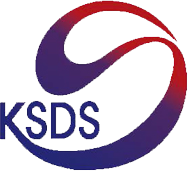Original Article
Abstract
References
Information
- Publisher :Korean Society of Disaster and Security
- Publisher(Ko) :한국방재안전학회
- Journal Title :Journal of Korean Society of Disaster and Security
- Journal Title(Ko) :한국방재안전학회 논문집
- Volume : 12
- No :2
- Pages :1-13
- Received Date : 2019-05-23
- Revised Date : 2019-06-13
- Accepted Date : 2019-06-21
- DOI :https://doi.org/10.21729/ksds.2019.12.2.1




 Journal of Korean Society of Disaster and Security
Journal of Korean Society of Disaster and Security






